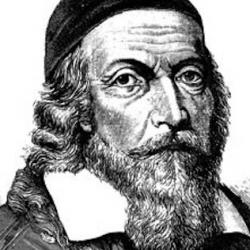In Missional Church (1998; edited by Darrell Guder), Craig Van Gelder offers a helpful summary of the various meanings of postmodernism:
1) Economic: For Frederic Jameson and others, postmodernism is marked primarily by a shift to a globalized and consumer-oriented form of capitalism: “In the postmodern condition, all of life is turned into commodities that can be marketed; managed, national economies are shifting toward a global economy with worldwide financial structures beyond the control of any one country; and a pervasive consumerism is required to keep the whole capitalist economy growing.”
2) Difference: Culturally, postmodernity is characterized by religious and cultural pluralism (cf. Muslims in Europe, Asians in the Western US). Philosophically, difference becomes a dominant motif in Levinas, Derrida, and Lyotard. Modernity aimed at uniformity and consensus; postmodernism revels in plurality and difference.
3) Desire: “Analysts like Gilles Deleuze and Felix Guattari identify the denthroning of reason and the rise of feeling and desire as the basis for the shift to the postmodern condition. In this shift, intuition functions as the source of personal knowing, an intuition shaped by personal feelings and desires. This approach results in the privileging of every person and setting as both viable and valid for living life.”
4) Power: For Foucault and those influenced by his work, the key to postmodernism is the recognition that knowledge and power are inextricably linked. Genealogical research, guided by suspicion, unmasks the arbitrary exercises of power (exclusion, for instance) underlying supposedly neutral pursuits of knowledge.
5) Simulation: “others, working from the perspective of Jean Baudrillard, explain the postmodern condition in terms of the emergence of an image culture . . . . A culture of simulations increasingly becomes the new reality as the sign begins to replace rather than simply to substitute for the real thing that it is to represent. It is proposed that these signs and the simulation process are increasingly divorced from real things, producing a condition of virtual reality. In this condition, persons see the simulated as real.”










